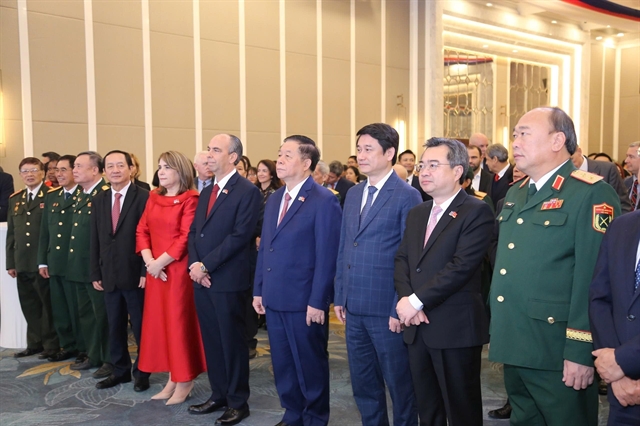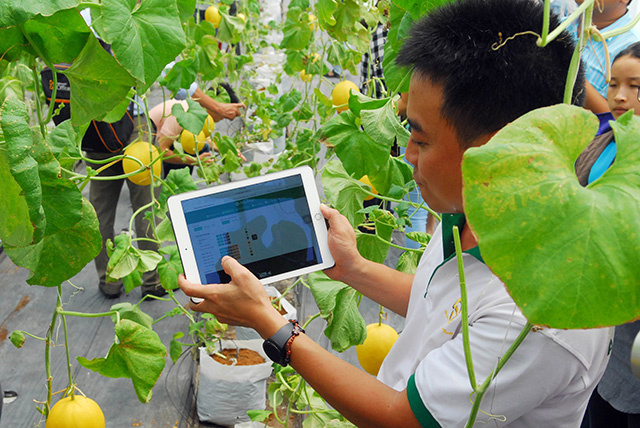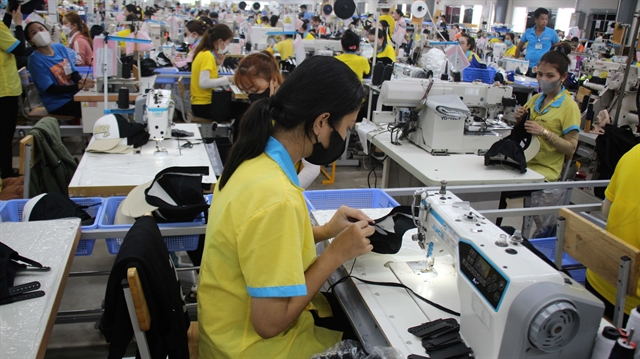 Economy
Economy
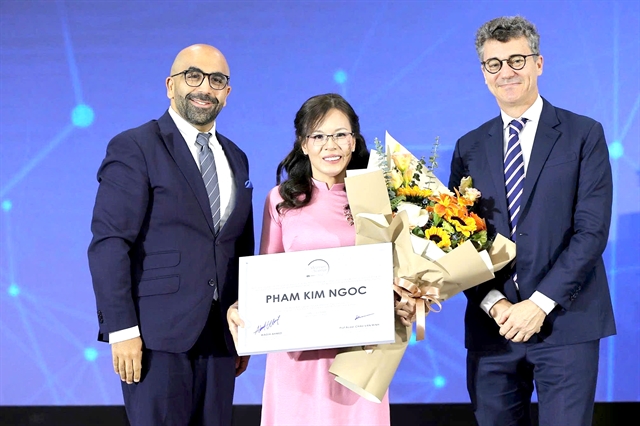
HÀ NỘI — As global markets increasingly emphasise sustainable development, Việt Nam finds itself at a crossroads, where the demand for green exports is not just a trend, but a necessity. Major importing partners are prioritising environmental, social and governance (ESG) criteria, compelling local manufacturers to adapt swiftly to these changing standards.
This shift presents both a challenge and an opportunity for Vietnamese businesses, pushing them to innovate and enhance their competitive edge across the international arena.
Speaking to the Vietnam New Agency, industry associations and businesses are sharing experiences and proposing solutions to support this transformative journey, ensuring that the textile and footwear sectors, along with others, can thrive in a more environmentally conscious global marketplace.
 |
| Vũ Đức Giang, Chairman of the VITAS. — Photo bnews.vn |
Vũ Đức Giang, Chairman of the Vietnam Textile and Garment Association (VITAS)
To meet the stringent requirements of major importers, Vietnamese textile and garment enterprises must actively transform to adapt to changing consumer trends and the 'greenisation' demands of the export market.
The application of technology, innovation and adherence to green standards will not only enhance productivity but also be a decisive factor for the industry's sustainable development and increased competitiveness in the global market.
From now until 2030, the textile sector will gradually shift its focus from rapid development to sustainable development, aiming for a circular economy.
Between 2031 and 2035, the industry will effectively develop this model, while completing the domestic value chain and participating deeply in global supply chains.
Increasing productivity and product quality, combined with innovation and the application of green standards, will be the key to help Việt Nam’s textile industry maintain its competitiveness and achieve sustainable development.
 |
| Thân Đức Việt, General Director of Garment 10 Corporation. — Photo bnews.vn |
Thân Đức Việt, General Director of Garment 10 Corporation
Amid strong impacts from green trends and stricter international requirements, Garment 10 Corporation is proactively developing a sustainable roadmap focused on three main criteria. Creating a green production environment, using recycled or eco-friendly materials and transitioning energy sources.
These criteria not only help the company meet international market demands but also affirm its commitment to sustainable development in the textile industry.
This 'greening' trend is not only a requirement from importers, but certainly represents a significant opportunity for Vietnamese textile enterprises to enhance the value of their export orders.
 |
| Phan Thị Thanh Xuân, Vice President and General Secretary of Lefaso. — Photo bnews.vn |
Phan Thị Thanh Xuân, Vice President and General Secretary of the Vietnam Leather, Footwear and Handbag Association (Lefaso)
Green production is a common trend among leather and footwear enterprises to maintain export turnover.
However, the biggest challenge facing the footwear industry now is meeting the new standards set by many major importing countries, which focus on sustainability in production and social responsibility.
Previously, sustainable development activities were primarily encouraged by customers, but now they have been legislated through policies issued by the governments of major footwear importing countries.
For instance, the European Union (EU) market has started implementing new requirements such as ecological sustainable design, traceability and transparency in the supply chain.
These changes in import market policies will have a significant impact on businesses in the industry.
Amid rising demands for sustainability and transparency from importing markets, companies must swiftly enhance and clarify their supply chains, from raw materials to sustainable production, ensuring social and environmental responsibility.
 |
| Nguyễn Quảng Lộc, Project Manager, Hòa Phát Dung Quất Steel Joint Stock Company. — Photo courtesy of Hòa Phát Group |
Nguyễn Quảng Lộc, Project Manager, Hòa Phát Dung Quất Steel Joint Stock Company
Currently, many export markets require businesses to meet international standards, especially regarding greenhouse gas emission reduction and green steel production.
This is not something companies can achieve overnight. It requires a roadmap for investment and production transformation, demanding both capital and time. Recently, the group completed its greenhouse gas inventory, marking an important step in its sustainable development strategy.
Hoà Phát’s policy is to actively apply the latest quality standards, technology and operational practices in its business. In the next phase, the company will continue to optimise production to control greenhouse gases, meeting the new development requirements.
Moving forward, to enhance export orders, Hoà Phát will prioritise investing in high-tech steel products and special steels for mechanical engineering, automotive, shipbuilding and structural steel industries.
These will also be the product development directions for the Dung Quất 2 project and subsequent projects.
Hoà Phát will also focus on optimising all production stages towards a circular and closed model, reducing energy consumption and establishing a roadmap for green steel development while reducing CO2 emissions in line with the government's overall direction, aiming for carbon neutrality by 2050.
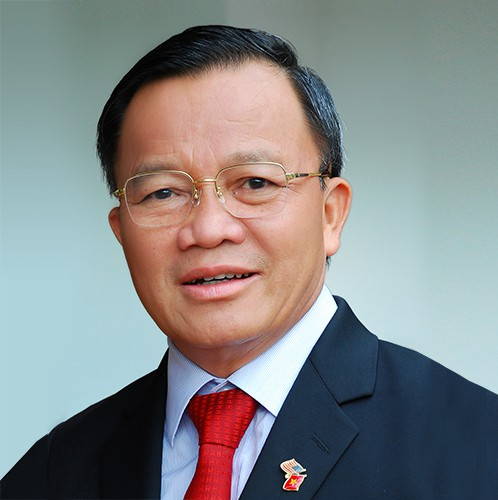 |
| Nguyễn Đức Thuấn, Chairman of TBS Group. — Photo Forbes Vietnam |
Nguyễn Đức Thuấn, Chairman of TBS Group
The opportunities and potential for the development of Việt Nam’s leather, footwear and handbag industry are still significant.
However, the global greening trend is increasingly imposing stringent demands on businesses, especially exporters.
For the leather and footwear industry, the pressure to transition to greener practices is immense, as it is an industry that has heavily contributed to environmental pollution.
Therefore, footwear companies cannot remain outside the Fourth Industrial Revolution. It is essential to apply automated production lines, artificial intelligence (AI) and green development, if they do not want to be excluded from the global supply chain. — BIZHUB/VNS


.jpg)
